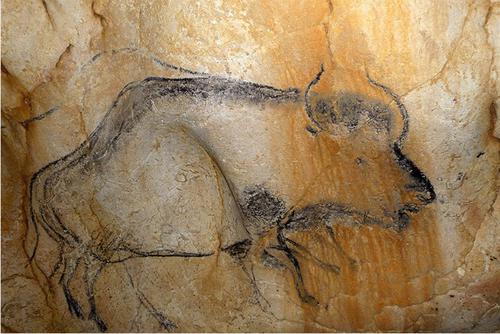Journal of Archaeological Method and Theory ( IF 3.073 ) Pub Date : 2022-11-19 , DOI: 10.1007/s10816-022-09591-5 April Nowell

|
The ways in which children learn in foraging societies differ from the classroom-based style of learning and teaching typical of industrialized societies in the West. This difference, however, has often been mischaracterized by anthropologists as an absence or rarity of direct teaching in foraging societies. In this paper, following Scalise Sugiyama (Evolution and Human Behavior 22:221–240, 2001), I argue that oral storytelling is a form of pedagogy in foraging societies that shares all of the key features of direct teaching including the signaling of an intention to share information, the identification of intended recipients of this information, and the transmission of knowledge that has applicability beyond the immediate context. I then review the evidence for storytelling/narrative in the Upper Paleolithic. Finally, I explore the implications of this form of teaching for skill acquisition and knowledge transmission in Upper Paleolithic children and adolescents.
中文翻译:

旧石器时代晚期儿童和青少年的口头讲故事和知识传播
儿童在觅食社会中的学习方式不同于西方工业化社会典型的以课堂为基础的学习和教学方式。然而,这种差异经常被人类学家错误地描述为在觅食社会中缺乏或很少有直接教学。在本文中,根据 Scalise Sugiyama (Evolution and Human Behavior 22:221–240, 2001),我认为口头讲故事是觅食社会的一种教学形式,它具有直接教学的所有关键特征,包括意图的信号共享信息、识别此信息的预期接收者以及传播适用于当前环境之外的知识。然后,我回顾了旧石器时代晚期讲故事/叙事的证据。最后,
































 京公网安备 11010802027423号
京公网安备 11010802027423号